Building a ramp truck car hauler is a meticulous process that demands precision, quality materials, and a deep understanding of vehicle transportation needs. At CarMax Vehicle, we specialize in crafting robust and reliable car haulers designed to meet diverse transportation requirements. This comprehensive guide walks you through each step of building a ramp truck car hauler, ensuring you achieve optimal performance and safety.
Table of Contents
- Planning and Design
- Materials and Tools Needed
- Constructing the Frame
- Installing the Ramps
- Securing the Load
- Testing and Maintenance
- Optimization and Customization
- Safety Standards and Compliance
- Conclusion
- Frequently Asked Questions
Planning and Design
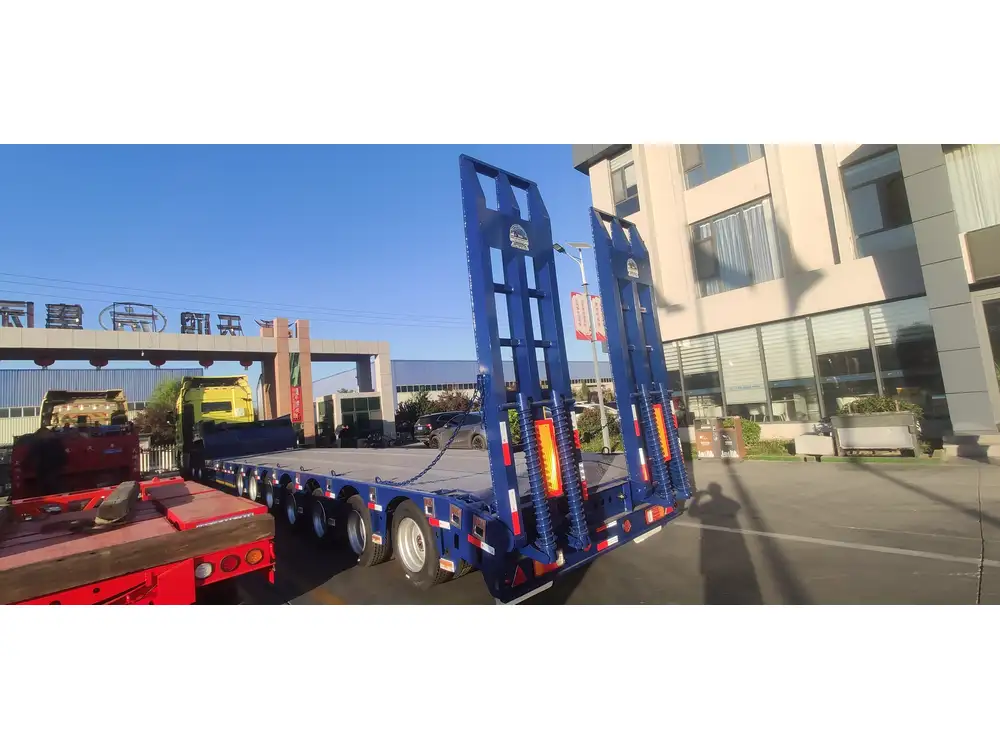
Assessing Transportation Needs
Before embarking on building a ramp truck car hauler, it’s crucial to assess the specific transportation needs:
- Load Capacity: Determine the maximum weight the hauler must support.
- Vehicle Dimensions: Consider the size and type of vehicles to be transported.
- Usage Frequency: Assess how often the hauler will be used to inform durability requirements.
Designing for Efficiency and Safety
A well-designed car hauler ensures smooth operation and minimizes risks:
- Ramp Angle: Opt for a ramp angle that facilitates easy loading and unloading without straining the vehicle’s mechanics.
- Structural Integrity: Incorporate reinforcements at stress points to enhance durability.
- Safety Features: Integrate brakes, stabilizers, and guardrails to safeguard both the cargo and operators.
Drafting Detailed Blueprints
Creating detailed blueprints helps visualize the final product and streamline the construction process:
- Scale Drawings: Use accurate scale drawings to represent all components.
- Component Specifications: Detail the dimensions and materials for each part.
- Assembly Instructions: Outline the sequence of assembly to ensure a logical construction flow.

Materials and Tools Needed
Essential Materials
Selecting high-quality materials is paramount for building a reliable car hauler:
- Steel Beams: Ensure robust structural support.
- Plywood Sheets: Provide a sturdy base for vehicles.
- Hydraulic Systems: Facilitate smooth ramp operation.
- Fasteners: Use high-grade bolts and screws for secure joints.
Necessary Tools
Having the right tools streamlines the construction process:
- Welding Equipment: Essential for forging strong steel joints.
- Power Saws: Facilitate precise cutting of materials.
- Drills and Drivers: Enable accurate assembly of components.
- Measuring Tools: Ensure precision in dimensions and alignments.

Material Sourcing and Quality Control
Procure materials from reputable suppliers to guarantee longevity and performance:
- Supplier Verification: Confirm the credibility of suppliers.
- Material Testing: Conduct tests to verify material strength and suitability.
- Inventory Management: Organize materials to prevent delays during construction.
Constructing the Frame
Building the Base Frame
The base frame serves as the foundation of the car hauler:
- Cutting Steel Beams: Measure and cut steel beams to specified lengths.
- Assembling Framework: Weld beams to form the rectangular base structure.
- Reinforcement: Add cross-bracing to enhance structural integrity.

Adding Support Structures
Support structures distribute the load evenly and prevent sagging:
- Vertical Supports: Install vertical beams at regular intervals.
- Diagonal Bracing: Incorporate diagonal braces to resist lateral forces.
- Mounting Points: Create secure points for attaching ramps and hydraulic systems.
Ensuring Structural Stability
A stable frame minimizes the risk of accidents and ensures durability:
- Leveling: Use leveling tools to maintain a horizontal base.
- Weld Inspection: Check all welds for strength and consistency.
- Load Testing: Conduct preliminary load tests to verify frame stability.
Installing the Ramps
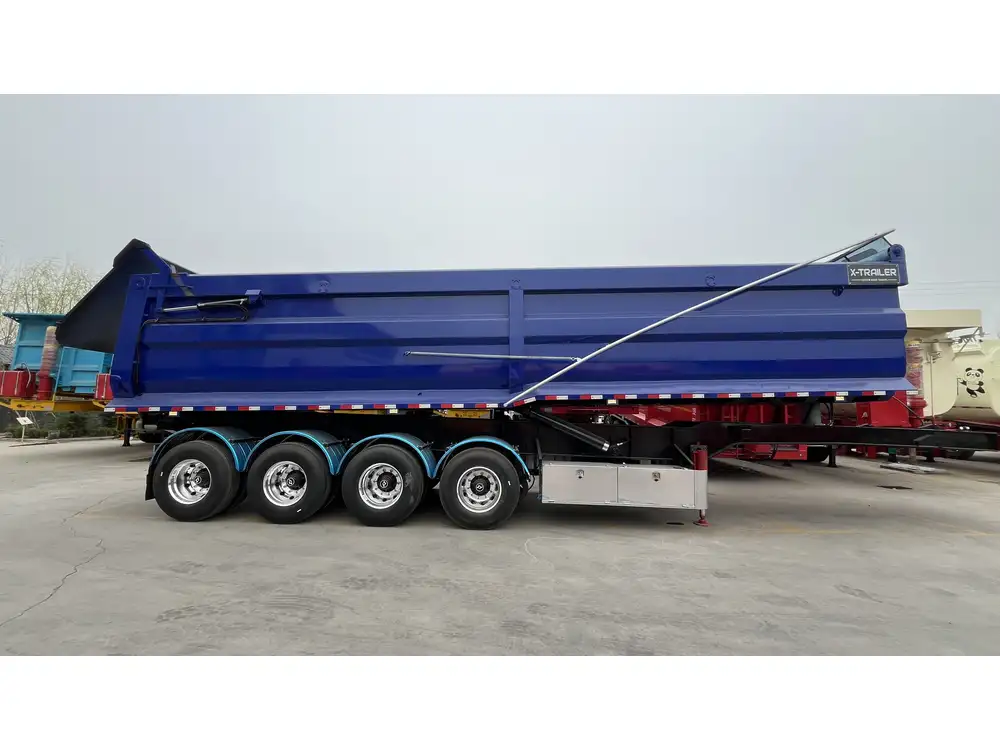
Selecting the Right Ramp System
Choosing the appropriate ramp system is vital for functionality:
- Manual Ramps: Cost-effective but require physical effort to operate.
- Hydraulic Ramps: Offer ease of use with automated lifting mechanisms.
- Electric Ramps: Provide advanced control features for precise movement.
Mounting the Ramps
Proper installation ensures seamless ramp operation:
- Aligning Ramp Position: Position ramps at the designated loading points.
- Securing to Frame: Bolt ramps firmly to the frame to prevent movement.
- Integrating Hydraulic Systems: Connect hydraulic lines and test for smooth operation.
Ensuring Ramp Security and Functionality
Safety and reliability are paramount in ramp installation:
- Locking Mechanisms: Install locks to secure ramps in place during transit.
- Anti-Slip Surfaces: Apply non-slip materials to ramp surfaces for added safety.
- Operational Testing: Verify ramp functionality under various load conditions.
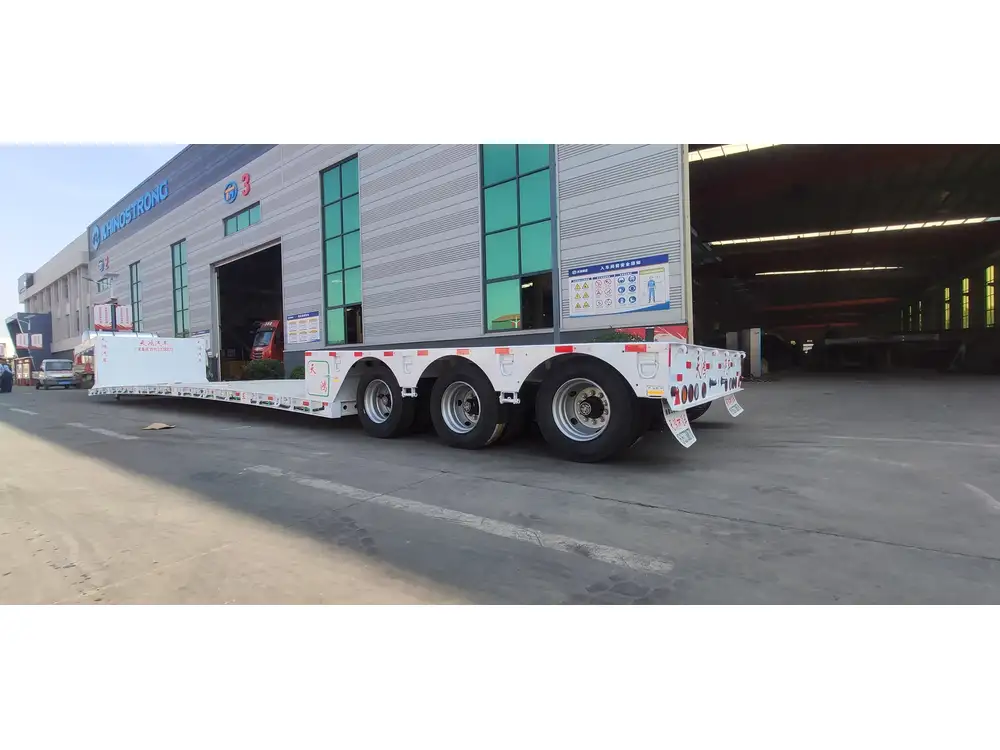
Securing the Load
Implementing Effective Tie-Down Systems
Secure tie-down systems prevent vehicle movement during transport:
- Straps and Binders: Use high-strength straps to anchor vehicles.
- Anchor Points: Install multiple anchor points on the hauler for versatile tie-down options.
- Load Distribution: Distribute straps evenly to balance the load and avoid stress on specific areas.
Utilizing Wheel Chocks and Brakes
Additional security measures enhance load stability:
- Wheel Chocks: Prevent wheel movement by placing chocks behind tires.
- Brake Systems: Ensure that the vehicle’s brakes are engaged before transport.
- Double Securing: Combine multiple securing methods for maximum safety.

Safety Inspections Before Transit
Conduct thorough inspections to ensure all security measures are in place:
- Visual Checks: Inspect straps, chocks, and anchor points for any signs of wear or damage.
- Functional Tests: Test brakes and locking mechanisms to confirm proper operation.
- Load Assessment: Verify that the load is balanced and securely fastened.
Testing and Maintenance
Performing Operational Tests
Before regular use, perform comprehensive tests to validate hauler performance:
- Ramp Operation: Test ramp lifting and lowering under different load conditions.
- Stability Checks: Assess the hauler’s stability during loading and transit.
- Brake Functionality: Ensure brakes respond effectively during stop and start scenarios.

Routine Maintenance Procedures
Regular maintenance prolongs the lifespan of the car hauler and ensures ongoing safety:
- Inspection Schedule: Establish a routine schedule for inspecting all components.
- Lubrication: Lubricate moving parts to prevent excessive wear and tear.
- Replacement of Worn Parts: Promptly replace any damaged or worn components to maintain integrity.
Troubleshooting Common Issues
Addressing common problems promptly prevents minor issues from escalating:
- Hydraulic Leaks: Identify and repair leaks in hydraulic systems to maintain functionality.
- Structural Weaknesses: Reinforce any areas showing signs of stress or deformation.
- Electrical Failures: Diagnose and fix any electrical issues affecting ramp operation.
Optimization and Customization
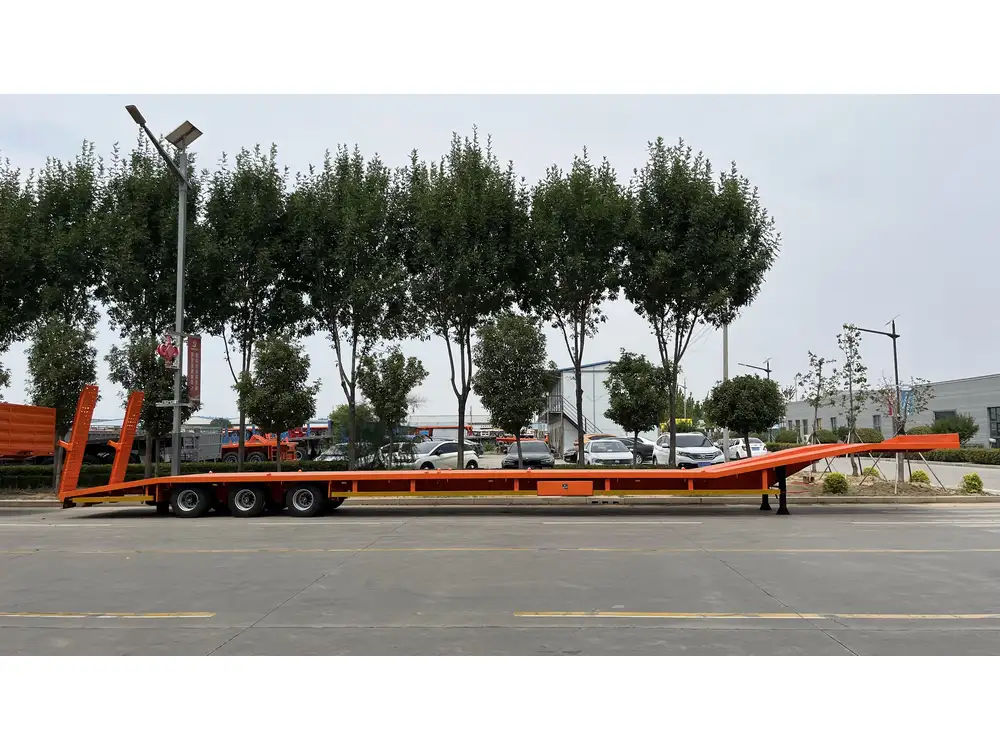
Enhancing Design for Specific Needs
Tailor the car hauler design to meet unique transportation requirements:
- Adjustable Ramps: Incorporate adjustable ramps to accommodate different vehicle heights.
- Extended Load Areas: Design extended load areas for larger or multiple vehicles.
- Modular Components: Use modular components for easy customization and upgrades.
Incorporating Advanced Technologies
Integrate modern technologies to improve efficiency and safety:
- Automated Systems: Utilize automated loading systems for streamlined operations.
- Smart Monitoring: Implement sensors and monitoring systems to track load stability and hauler performance.
- Energy-Efficient Solutions: Adopt energy-efficient hydraulic systems to reduce operational costs.
Custom Aesthetics and Branding
Personalize the car hauler to reflect your brand identity:
- Color Schemes: Choose color schemes that align with your brand.
- Logo Placement: Strategically place your company logo on visible areas of the hauler.
- Unique Features: Add unique design elements that distinguish your hauler from competitors.
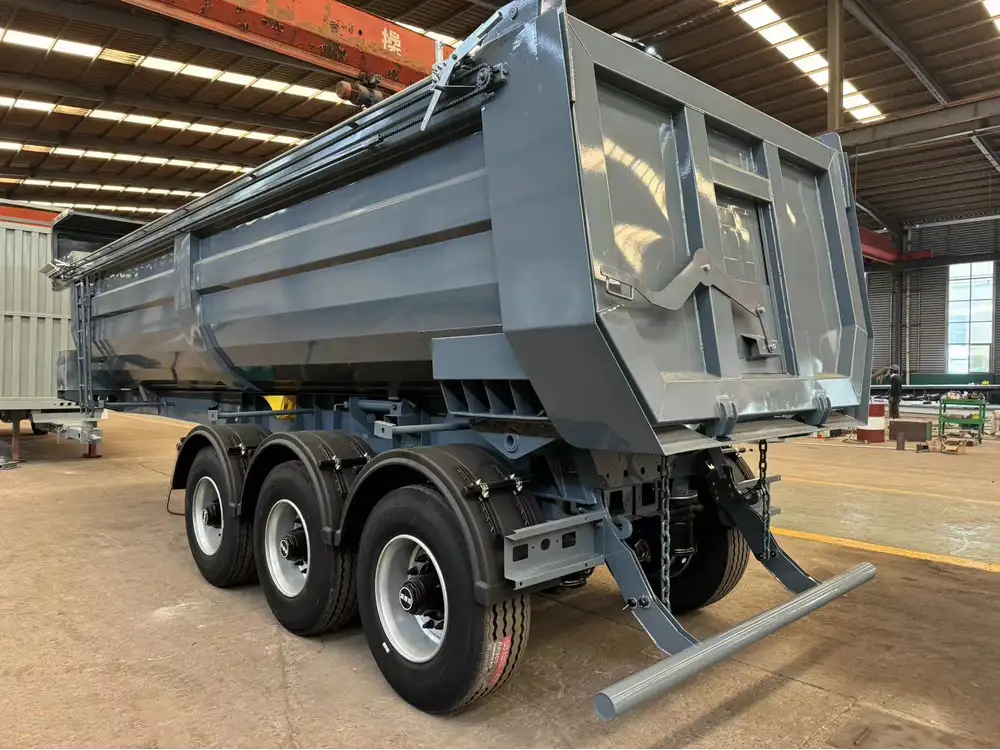
Safety Standards and Compliance
Adhering to Industry Regulations
Ensure your car hauler complies with relevant transportation and safety regulations:
- DOT Standards: Follow Department of Transportation (DOT) guidelines for vehicle transporters.
- OSHA Compliance: Adhere to Occupational Safety and Health Administration (OSHA) standards for workplace safety.
- Local Regulations: Comply with any additional local or state-specific regulations.
Implementing Safety Features
Incorporate essential safety features to protect both cargo and operators:
- Guardrails: Install guardrails to prevent vehicles from shifting off the loading area.
- Emergency Stops: Equip the hauler with emergency stop mechanisms for instant shutdown.
- Reflective Markings: Apply reflective markings for enhanced visibility during night operations.
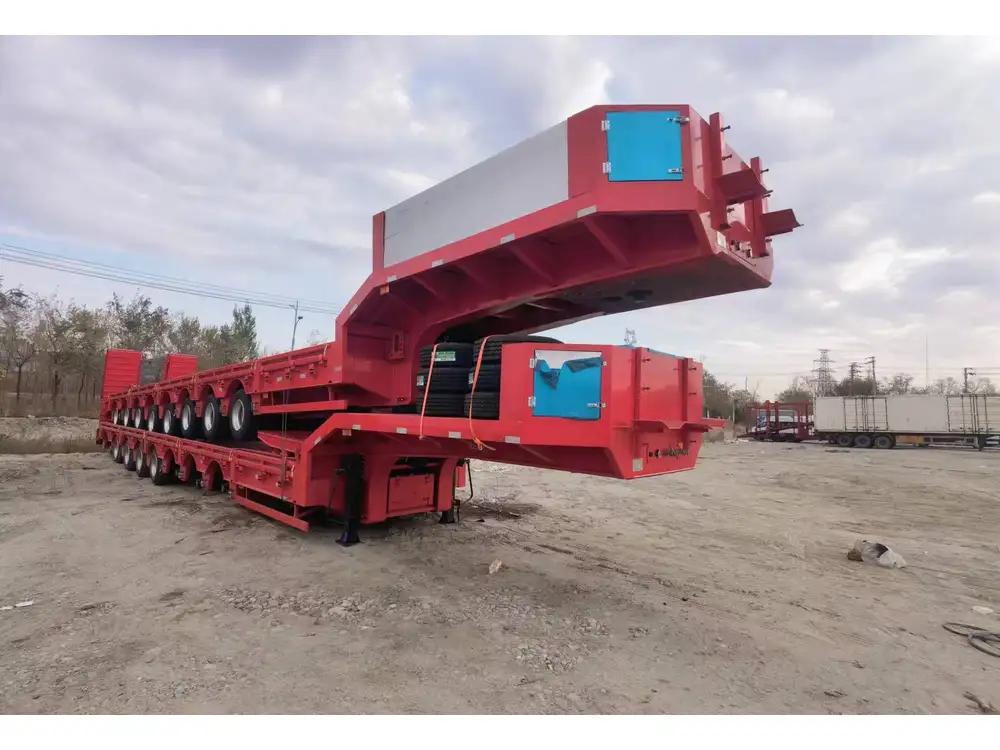
Regular Compliance Audits
Conduct regular audits to ensure ongoing compliance with safety standards:
- Documentation: Maintain detailed records of inspections, maintenance, and compliance checks.
- Third-Party Inspections: Engage third-party inspectors to validate compliance.
- Continuous Improvement: Update and improve safety measures based on audit findings and industry advancements.
Conclusion
Building a ramp truck car hauler requires meticulous planning, quality materials, and a commitment to safety and efficiency. At CarMax Vehicle, we understand the intricacies involved in creating reliable car hauling solutions. By following this comprehensive guide, you can construct a ramp truck car hauler that not only meets but exceeds industry standards, ensuring seamless vehicle transportation every time.
Frequently Asked Questions
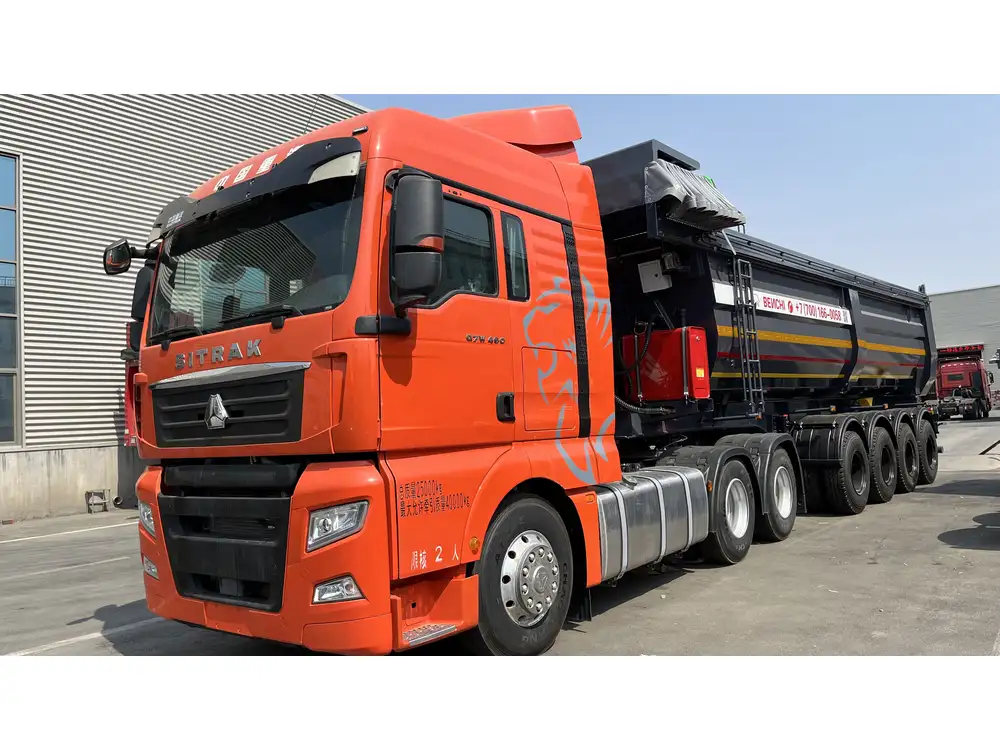
1. What is the ideal ramp angle for a car hauler?
The ideal ramp angle typically ranges between 15 to 30 degrees, balancing ease of loading with vehicle safety.
2. How much weight can a standard car hauler support?
Most standard car haulers can support between 5,000 to 10,000 pounds, depending on the design and materials used.
3. What maintenance is required for hydraulic ramps?
Regular maintenance includes checking for hydraulic fluid leaks, inspecting hoses and connections, and ensuring the hydraulic cylinder operates smoothly without obstructions.

4. Can I customize my car hauler for specific vehicle types?
Yes, car haulers can be customized with adjustable ramps, extended load areas, and specialized tie-down systems to accommodate different vehicle types and sizes.
5. What safety features should I include in my car hauler design?
Essential safety features include guardrails, locking mechanisms for ramps, anti-slip surfaces, emergency stop systems, and secure tie-down anchor points.



